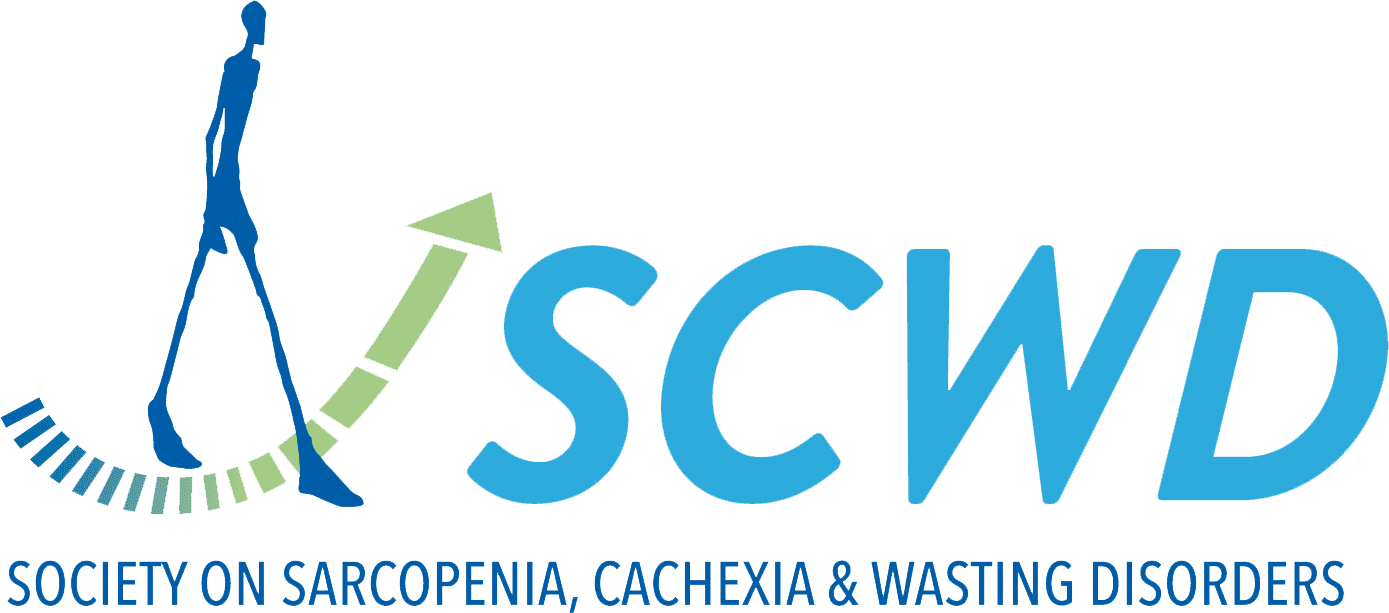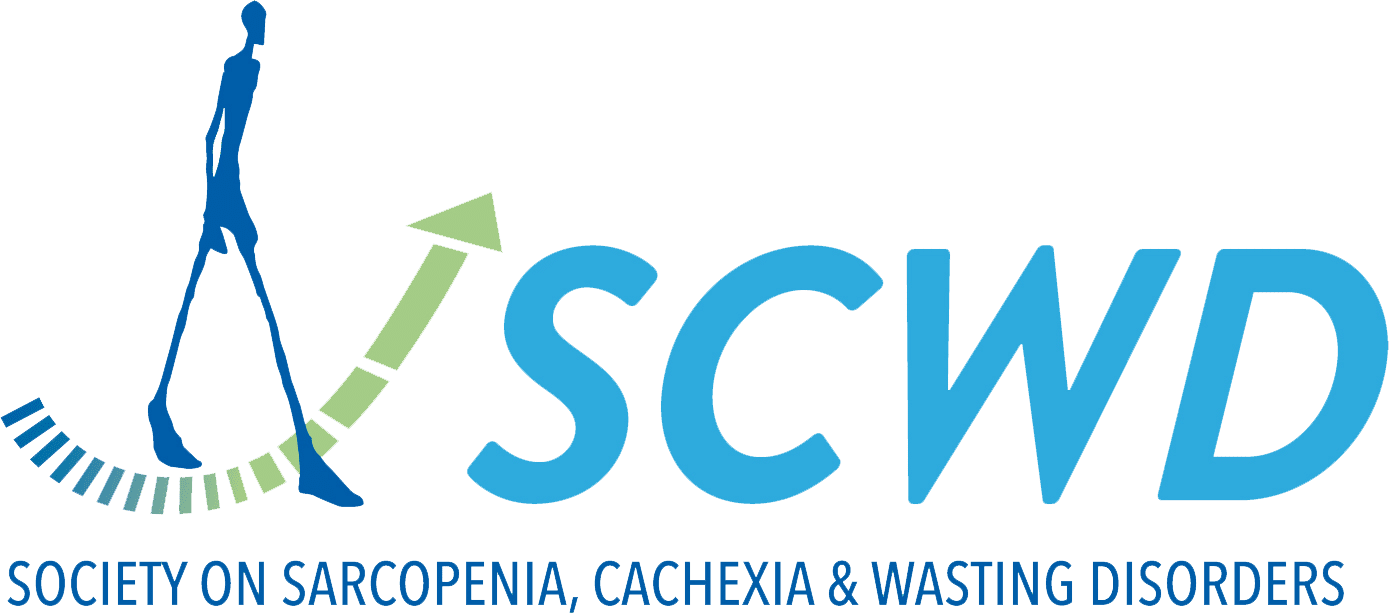The extract of chrysanthemum flos mitigates post-stroke sarcopenia by inhibiting PANoptosis and restoring muscle homeostasis.
Sarcopenia and muscle weakness are prevalent complications of ischemic stroke (IS), with limited pharmacological options. This study identifies high-dose extracts of Chrysanthemum Flos (ECF) as a potential therapy for post-stroke muscle dysfunction by targeting PANoptosis-a pro-inflammatory programmed cell death pathway.
Through its anti-inflammatory and antioxidant properties, ECF attenuates muscle atrophy and enhances functional recovery, offering novel insights into ISS treatment. To evaluate the therapeutic efficacy of high-dose ECF in ischemic stroke-induced sarcopenia (ISS) and elucidate its regulatory role in PANoptosis-mediated muscle degeneration and protein homeostasis.
Preparation of a rat middle cerebral artery occlusion (MCAO) model using intravascular wire thrombus blockade. Cerebral injury was assessed using laser speckle contrast imaging, triphenyltetrazolium chloride (TTC) staining, and Zea-Longa neurological scoring.
ECF’s effects on muscle function were evaluated through gait analysis, muscle morphology (length and weight), grip strength, electromyography, and H&E staining. RNA sequencing was conducted to elucidate transcriptomic alterations and enriched pathways associated with ECF in ISS.
PANoptosis-mediated myofiber and L6 cell damage was analyzed by flow cytometry (FC), immunofluorescence (IF), immunohistochemistry (IHC), and western blotting (WB). ECF composition and quality were validated using liquid chromatography-mass spectrometry (LC-MS).
ISS rats showed 83 % reductions in endurance, grip strength, and EMG signals compared to sham (p < 0.01), which improved to 70 % of normal after ECF treatment. ECF significantly increased muscle fiber area, alleviated mitochondrial damage, and improved sarcomere structure (p < 0.001).
RNA-seq identified TNF signaling and PANoptosis (apoptosis, pyroptosis, necroptosis) as key drivers of ISS-induced muscle injury. The TNF-targeted inhibitor R7050 further confirmed TNF-α as a critical activator of Z-DNA binding protein 1 (ZBP1).
ECF treatment significantly reduced tissue inflammation (p < 0.01) and inhibited ZBP1 expression (p < 0.01). Following ISS, key PANoptosis-related proteins, including ZBP1, Gasdermin D N-terminal fragment (GSDMD-N), Cleaved-Caspase3, Caspase6, Caspase8, phosphorylated mixed-lineage kinase domain-like (p-MLKL), Phosphorylated Receptor-Interacting Protein Kinase 1 (p-RIPK1), Phosphorylated Receptor-Interacting Protein Kinase 3 (p-RIPK3), and NOD-like receptor family pyrin domain containing 3 (NLRP3), were significantly upregulated (p < 0.05), while ECF-H treatment significantly suppressed their expression (p < 0.05, p < 0.01).
Additionally, ECF significantly promoted the expression of muscle protein synthesis factors (myogenic differentiation 1 (MyoD1) and recombinant myosin heavy chain 1 (MYH), p < 0.01) and inhibited protein degradation factors (muscle RING-finger protein-1 (MuRF1) and muscle atrophy F-Box protein (MAFbx), p < 0.01), thus maintaining muscle protein homeostasis. The results from PCR, WB, IHC, IF, and FC experiments were consistent with RNA-seq findings.
ECF ameliorates ISS in MCAO rats by inhibiting muscle PANoptosis, which simultaneously reduces protein degradation and enhances protein synthesis.


